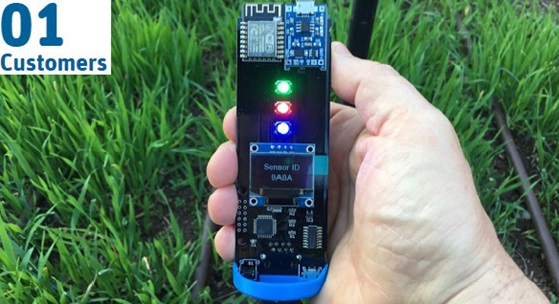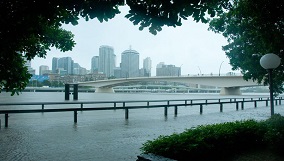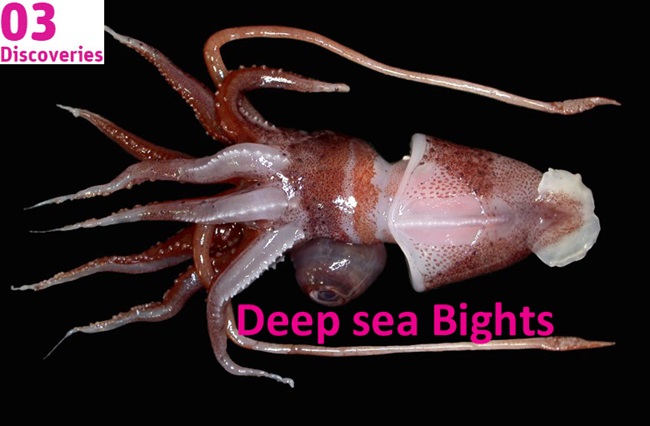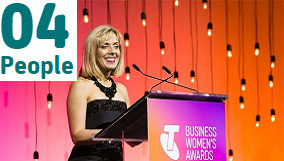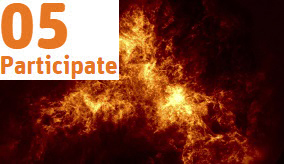02 Research
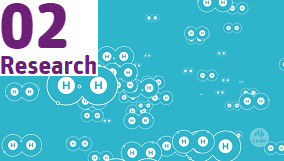
Hydrogen's bright future
What’s colourless, odourless, the most abundant element in the universe and has the potential to fuel your car with only water as the by-product? If you didn’t guess hydrogen you need to read on. There is a real opportunity for Australia to produce low or zero emission hydrogen, either as an export or to be used domestically in transport, power generation and to offset more carbon-intensive processes. All we need to do now is work out the best way to move it.

